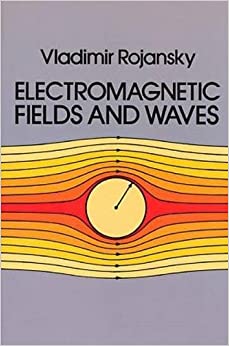Question
Part I Amplitude 6. Determine how the period depends on amplitude. Measure the period for five different amplitudes. Use a range of amplitudes, from just
Part I Amplitude
6. Determine how the period depends on amplitude. Measure the period for five different amplitudes. Use a range of amplitudes, from just barely enough to unblock the Photogate, to about 30. Each time, measure the amplitude using the protractor so that the mass with the string is released at a known angle. Repeat Step 5 for each different amplitude. Record the data in your data table.
Part II Length
7. Use the method you learned above to investigate the effect of changing pendulum length on the period. Use the 200-g mass and a consistent amplitude of 20 for each trial. Vary the pendulum length in steps of 10cm, from 1.0 m to 0.50 m. If you have room, continue to a longer length (up to 2 m). Repeat Step 5 for each length. Record the data in the second data table below. Measure the pendulum length from the rod to the middle of the mass.
Part III Mass
8. Use the three masses to determine if the period is affected by changing the mass. Measure the period of the pendulum constructed with each mass, taking care to keep the distance from the ring stand rod to the center of the mass the same each time, as well as keeping the amplitude the same. Repeat Step 5 for each mass, using an amplitude of about 20. Record the data in your data table
Data Table
Part I Amplitude
| Amplitude () | Average period (s) |
| 0 | 0 |
| 5 | 2.030 |
| 10 | 2.040 |
| 15 | 2.050 |
| 20 | 2.049 |
| 25 | 2.043 |
Part II Length
| Length (m) | Average period (s) |
| 0 | 0 |
| 0.5 | 1.431 |
| 0.6 | 1.565 |
| 0.7 | 1.690 |
| 0.8 | 1.808 |
| 0.9 | 1.919 |
| 1 | 2.039 |
Part III Mass
| Mass (g) | Average period (s) |
| 0 | 0 |
| 100 | 2.039 |
| 200 | 2.049 |
| 300 | 2.064 |
Analysis
1. Why is Logger Pro set up to report the time between every other blocking of the Photogate? Why not the time between every block?
2. Using either Graphical Analysis or graph paper, plot a graph of pendulum period vs. amplitude in degrees. Scale each axis from the origin (0,0). Does the period depend on amplitude? Explain.
3. Using either Graphical Analysis or graph paper, plot a graph of pendulum period T vs. lengthl. Scale each axis from the origin (0,0). Does the period appear to depend on length?
4. Using either Graphical Analysis or graph paper, plot the pendulum period vs. mass. Scale each axis from the origin (0,0). Does the period appear to depend on mass? Do you have enough data to answer conclusively?
5. To examine more carefully how the period T depends on the pendulum length l, create the following two additional graphs of the same data: T2vs. l and T vs.l2. Of the three period-length graphs, which is closest to a direct proportion; that is, which plot is most nearly a straight line that goes through the origin?
6. Using Newton's laws, we could show that for some pendulums, the period T is related to the length l and free-fall acceleration g by
, or
Does one of your graphs support this relationship? Explain. (Hint: Can the term in parentheses be treated as a constant of proportionality?)
7. From your graph of T2vs. l, determine a value for g.
Step by Step Solution
There are 3 Steps involved in it
Step: 1

Get Instant Access to Expert-Tailored Solutions
See step-by-step solutions with expert insights and AI powered tools for academic success
Step: 2

Step: 3

Ace Your Homework with AI
Get the answers you need in no time with our AI-driven, step-by-step assistance
Get Started


